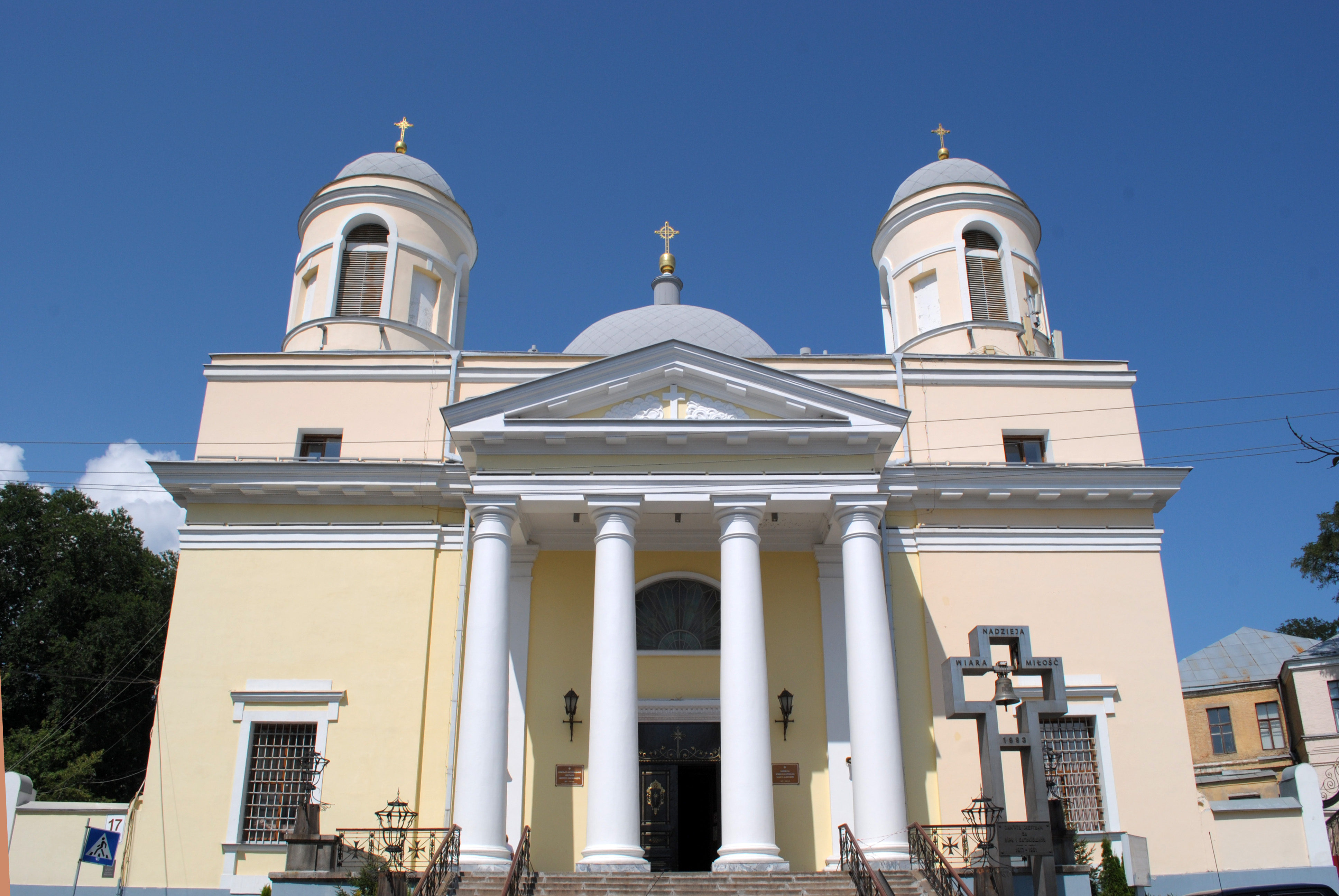- UK

The Kyiv Roman Catholic Church of St. Alexander was conceived as a monumental temple commemorating Russia’s victory in the 1812 war against Napoleon and honoring the visit of Emperor Alexander I to Kyiv. The emperor ordered that the site for the church be allocated between Old Kyiv, Podil, and Pechersk.
Construction of the church, founded in 1817, proceeded in several stages and was completed only in 1849. The original design was prepared by architect Ludwig Piller, but for various reasons his project was not executed. The main construction work took place between 1824 and 1833, after which it was suspended until 1836. That year, architect Franciszek Miechołowicz developed two new design variants, one of which was implemented.
The church was designed in the Classical style. In plan, it forms a square structure crowned with a central dome and two towers. The main entrance is accentuated by a portico. Among the church’s most treasured relics are a crucifix brought from Italy and an exquisite copy of Raphael’s Madonna of Foligno.
The final construction phase lasted from 1836 to 1842. The works were initially supervised by architect Vincenzo Beretti, later by city architect Ludwik Stanzani. The project was largely funded by landowner A. Sovetsky, and the church was consecrated in 1842.
In 1937, the church was closed as a place of worship. In 1952, part of the building was converted into a planetarium, while other sections were assigned to the Historical Library of the Ministry of Culture of the Ukrainian SSR. In 1991, the church was returned to the Catholic community, regaining its status as a functioning parish and one of the key historical and architectural landmarks of Kyiv.